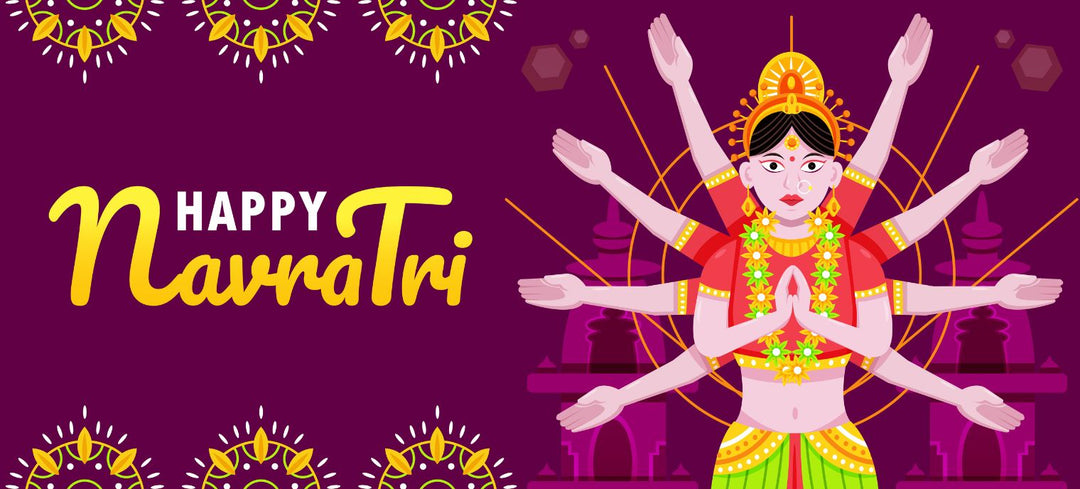The market for Indian ethnic wear is vast, and it always evolves with new styles and designs. But recently you may have seen the fashion industry hooting for a cotton sharara suit set or simply any type of sharara suit sets. That's because sharara is one such Indian ethnic wear option that is most stylish, comfy and gorgeous simultaneously. This is the outfit known for adding a regal look and charm to anyone wearing it. If you are also amongst the fashion enthusiasts who love sharara suits, then read on further to know more about this versatile Indian wear outfit.
Origin Of Sharara Suits
The original roots of sharara suits are from Yemen and Lebanon. So the human tribe in Yemen has contributed to the origin of this beautiful festive wear outfit. But how did it reach the Indian wear ensemble? All thanks to the Mughal era, which brought shararas to India during the 16th Century. And the wonderful talent of Indian artisans brought a new evolution to these sharara sets. They came up with exquisite embroideries, stonework, beadwork, and so much more. In fact, this culturally rich attire got so popular that you may now find different fabrics like cotton silk kurta sets, cotton sharara sets and more.
Present Day Scenario of Sharara Suits
When sharara suits entered the Indian fashion market, we did not think they would gain such immense popularity. However, the present-day designers have moulded and brought changes according to India's different regional and traditional influences. For example, in India, you may find women wearing sharara with choli, dupatta, and chunnis. With time, sharara has come up with new experimental styles and contemporary versions. One such innovation is a sharara suit that comes with a smaller circumference in the flares, making it resemble shalwar kameez in Pakistani style.
Work & Fabric Used In Shararas
Shararas are the most versatile ethnic wear dress that has become our go-to outfit for weddings, family functions and more. So, when it comes to occasional shararas, you will find them embellishments with thread sequins, intricate zari work, stones, zardozi and more. In fact, during the Mughal era, these outfits had embroidery work with pure gold and silver wires. So, when we associate shararas with Indian wear, we can also expect to see floral prints and patterns, which is a common Indian print. The main fabrics artisans generally use to curate sharara, and gharara suits are net, chiffon, silk, velvet and cotton.
Difference Between Shararas & Ghararas
Sharara is a loose flared outfit that consists of a pair of wide-leg shape pants. These wide-leg shape pants look best with a dupatta and Kurti. The sharara pants are in free-flow form, and there is no stitch at the knees. On the other hand, gharara is a lucknowi outfit with wide-legged pants but lurched at the knees. Similar to shararas, ghararas also look best with Kurti, but short ones along with a dupatta.
Another difference between the two outfits is regarding their fitting. A sharara suit comes with a fitting at the waist, which flows down freely without any joints. But a gharara is fitted from the waist to the knees, and extra fabric is attached to bring flares down from the knees.
Top Reasons To Go For Sharara Suits
One main reason women should have sharara suits in their wardrobe is because of their designs and style availability. They are available in different decorative patterns and fabrics to suit different occasional events. For example, if you attend a family or wedding function, then you can choose an embroidered sharara suit set. On the other hand, you can choose sharara like a cotton sharara suit set for simple daylight functions. Moreover, shararas are open to various styling options, so you can easily experiment with different things to bring out the best look.





